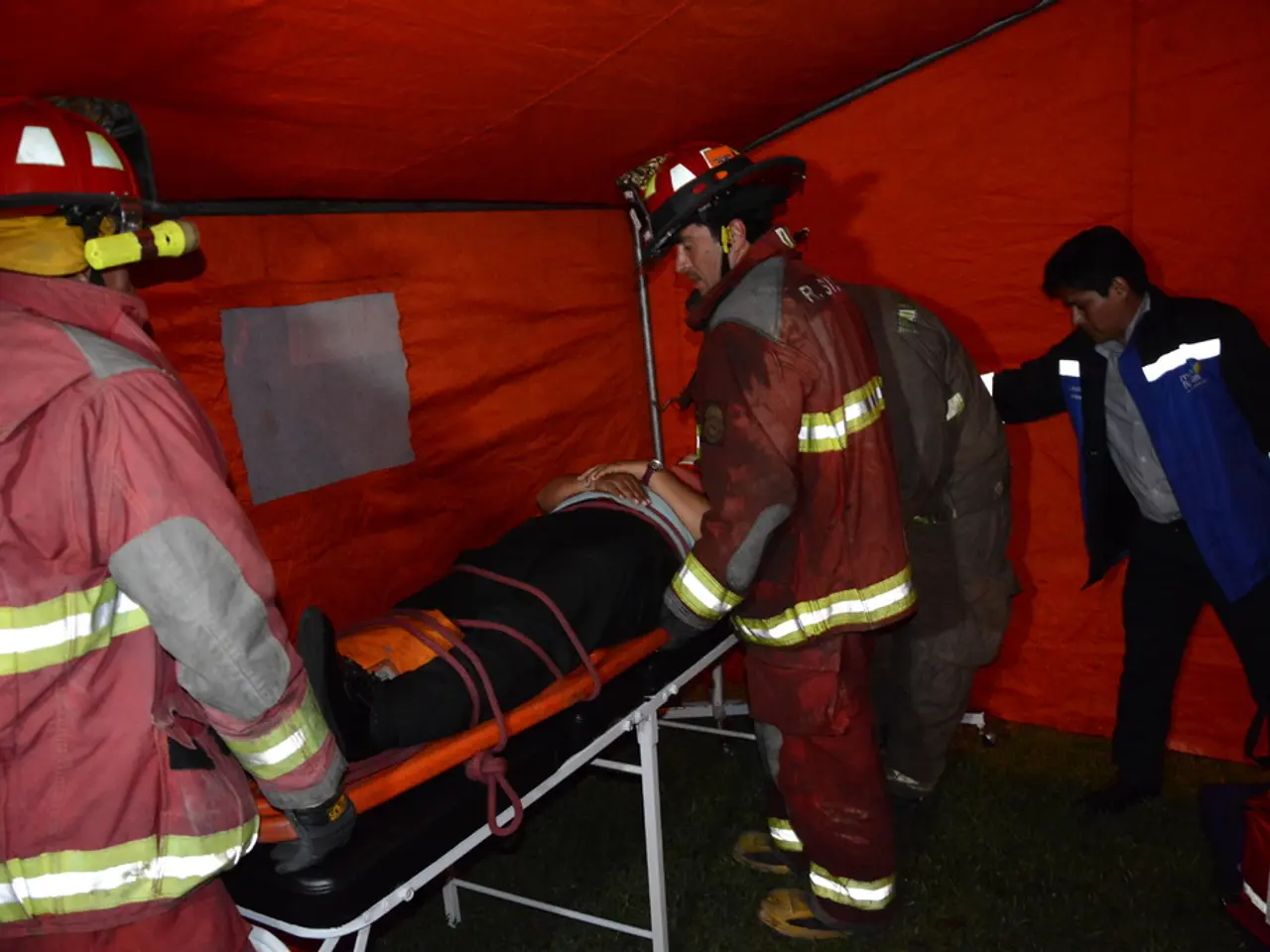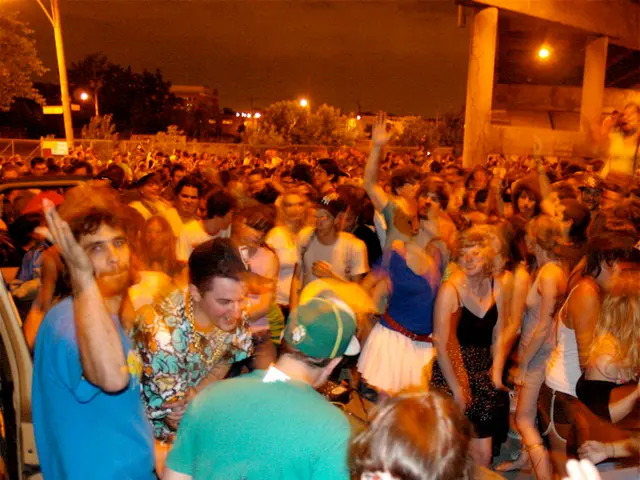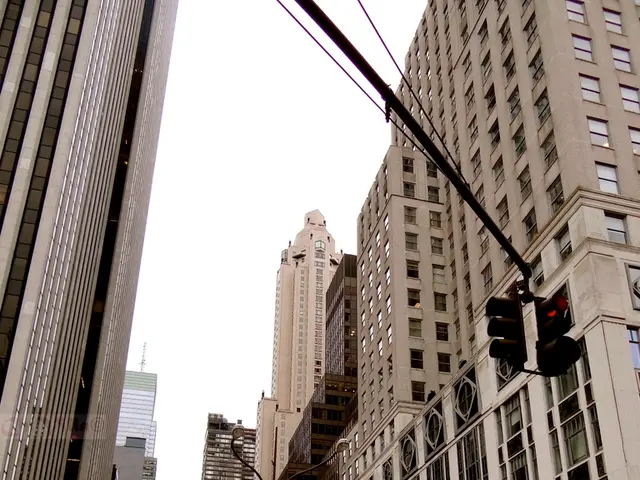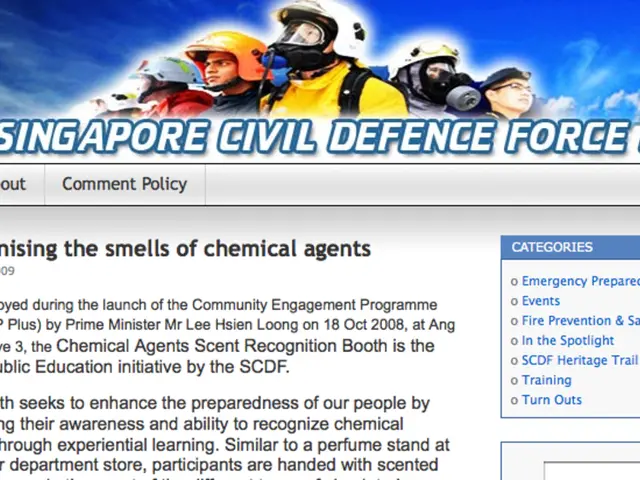Emergency Care in a Nutshell
In the event of a lightning strike, it's essential to know the right steps to take to help the victim. Here's a comprehensive guide on what to do and what to avoid.
Firstly, it's crucial to understand that a direct lightning strike can cause severe injuries, including bone fractures, severe burns, eye injuries, and muscle and nerve paralysis. However, the probability of being injured in a traffic accident is much higher than that of a lightning strike.
When faced with a lightning strike victim, the recommended actions are straightforward:
- Check: Immediately assess the victim's responsiveness.
- Call: Contact emergency services, such as 112 in many European countries, for assistance.
- Compress: If the victim is not breathing or not responding, begin CPR (cardiopulmonary resuscitation) immediately.
If the victim is unresponsive but breathing or partially responding, place them in the recovery position to maintain an open airway and prevent choking until medical help arrives.
In addition to these steps, there are other important precautions to consider:
- Protect the victim from hypothermia by keeping them warm while monitoring vital signs.
- Ensure your own safety by avoiding further lightning risks before approaching the victim.
- Use personal protective equipment like gloves if available when performing CPR.
- If trained and available, use an Automated External Defibrillator (AED) as soon as possible along with CPR to increase chances of survival.
- Do not leave the victim alone; continue CPR and monitoring until professional medical responders arrive.
It's also worth noting that most of the lightning current does not flow through a person's body but over its surface. Touching a lightning victim does not pose a risk of electric shock as the electricity is no longer flowing.
In an emergency, it's essential to act quickly. CPR within the first five minutes after a cardiac arrest due to a lightning strike has more than an 80% chance of success. Using the song "Stayin' Alive" by the Bee Gees can help maintain the correct pace for chest compressions.
If sheltering in a hut or barn without a lightning rod, crouch in the center of the building to minimize the risk of the current jumping to your body. If you're in a storm and there's no immediate shelter, crouch down, preferably in a low spot, keeping your feet close together, ideally only your heels touching the ground. This minimizes the risk of the current flowing through your entire body.
In Germany, an average of 4 people die each year from lightning strikes. On average, 110 people per year are admitted to hospital or receive medical treatment for injuries from lightning strikes. The blood pressure can increase due to a lightning strike and remain increased for several months.
The VDE reports that many more people are affected by lightning strikes in practice than their statistics suggest. There's a theoretical risk of a second lightning strike hitting the same spot, but immediate resuscitation measures should be started regardless.
In summary, call emergency services, start CPR immediately if the victim is not breathing or unresponsive, place them in the recovery position if breathing, and monitor vital signs while preventing hypothermia and awaiting advanced care. By following these steps, you can help increase the chances of survival for a lightning strike victim.
Read also:
- Urgent investment: Province funds 5.3 million dollars for expanding primary care in Elgin-Middlesex-London area
- Federal Environmental Protection Agency under scrutiny for alleged manipulation of soil sample results following East Palestine catastrophe
- Colon Cancer Genetic Testing: Insights into its Function, Application, and Additional Details
- RFK Jr. Takes Bold Step in Vaccine Research Development, Possibly Poseing a Threat to Public Safety








